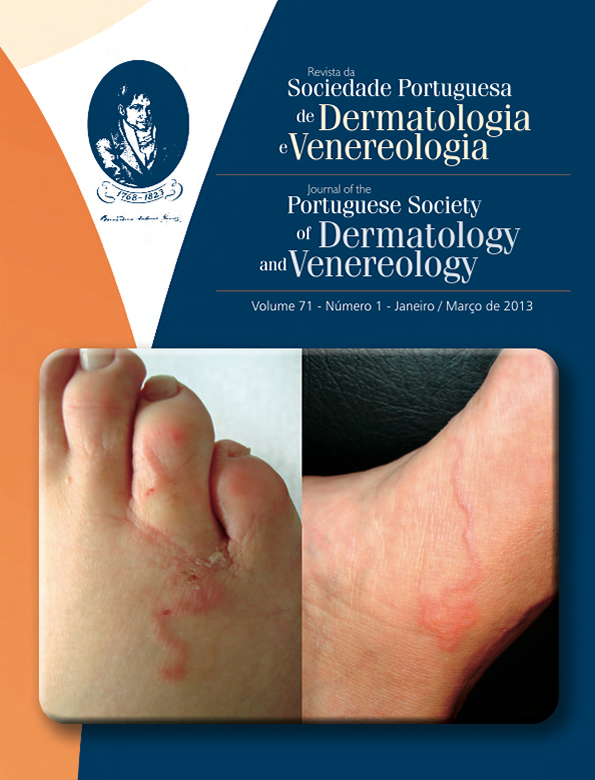TREATMENT OF PRIMARY HYPERHIDROSIS WITH BOTULINUM TOXIN - 5 YEARS EXPERIENCE
Abstract
Background: Primary hyperhidrosis is frequent and has significant psychological and socio-professional impact. Many of available treatments are ineffective or have considerable side effects. Botulinum toxin type A (BTX-A) has proven to be a safe and effective therapy in recalcitrant hyperhidrosis, albeit with limited efficacy on time.
Material and methods: A retrospective study was performed, with demographic and clinical data of the patients with hyperhidro- sis treated with BTX in our department in the period between June 2007 and June 2012. The severity of the disease was established by the Hyperhidrosis Disease Severity Scale. The hyperhidrotic area was identified by using a modification of the minor’s iodine-starch test. BTX-A was administered at a dose of 50U per axila or palm.
Results: Sixteen patients were treated, 11 women and 5 men, with an average age of 24 years. Nine had axillary and 7 had palmar hyperhidro- sis, with an average HDSS of 3.22 and 3.57, respectively. In the first week after the treatment, there was a reduction of sweating that has remained for 16 to 26 weeks. In the fourth week after treatment, the HDSS was 0.56 and 1.14 (axillary and palmar hyperhidrosis patients, respectively). After a 15 to 16 months follow-up, there were no significant side effects.
Conclusions: Treatment with BTX-A is relatively easy to perform and improves substantially the quality of life. In our experience, BTX-A proved to be an effective and safe therapy of primary hyperhidrosis.
KEYWORDS – Botulinum toxins; Type A; Hyperhidrosis.
Downloads
All articles in this journal are Open Access under the Creative Commons Attribution-NonCommercial 4.0 International License (CC BY-NC 4.0).








